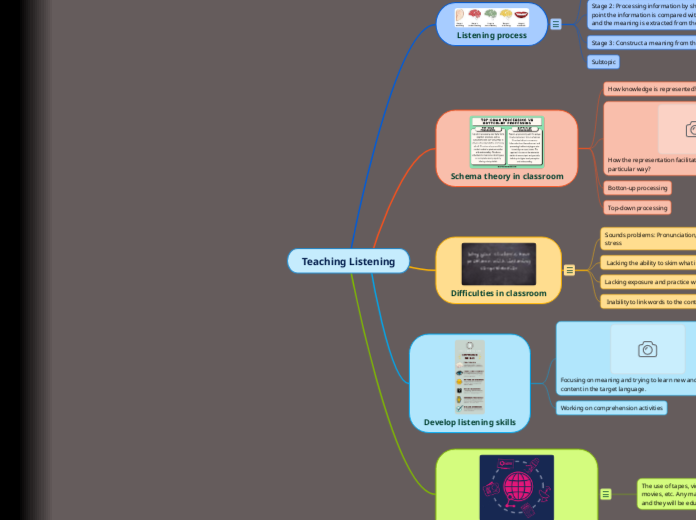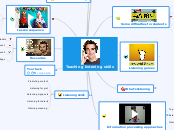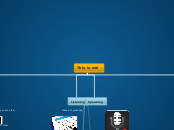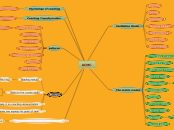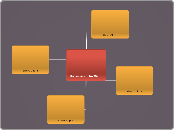EE: Teaching Language as Communication.
EE: Teaching Language as Communication
Student: Guadalupe de la Cruz Capitaine Ramos
TLC 301_Listening
Title: Unit 3:Listening
Date: November, 2023
Teaching Listening
Self-access outside the classroom
We can use several material like tiktoks, radio broadcast in English or look at some movies in English and try following the subtitles in English.
The use of tapes, videos, DVDs, radio broadcasts in English, movies, etc. Any material that is of the interest of the students and they will be educating their listening skills.
Develop listening skills
Working on comprehension activities
Focusing on meaning and trying to learn new and important content in the target language.
Difficulties in classroom
We can notice that for our students is difficult to sometimes having lack the ability to hear and also the rhythm, intonation and stress change us the way to listen.
The students need to being exposure and practice with different accents, we can do it making some interchange or set some listening audios with different accents.
Inability to link words to the context
Lacking exposure and practice with different kind of accents
Lacking the ability to skim what is heard
Sounds problems: Pronunciation, rhythm, intonation, and stress
Schema theory in classroom
Top-down processing
Botton-up processing
How the representation facilitate the use of knowledge in particular way?
How knowledge is represented?
Listening process
We know that the listening process is this simple as the image but the issue is that in foreign language is different and more difficult.
Subtopic
Stage 3: Construct a meaning from the utterance
Stage 2: Processing information by short-term memory. At this point the information is compared with the long-term memory and the meaning is extracted from them.
Stage 1: The sounds go into sensory store called "echoic"
